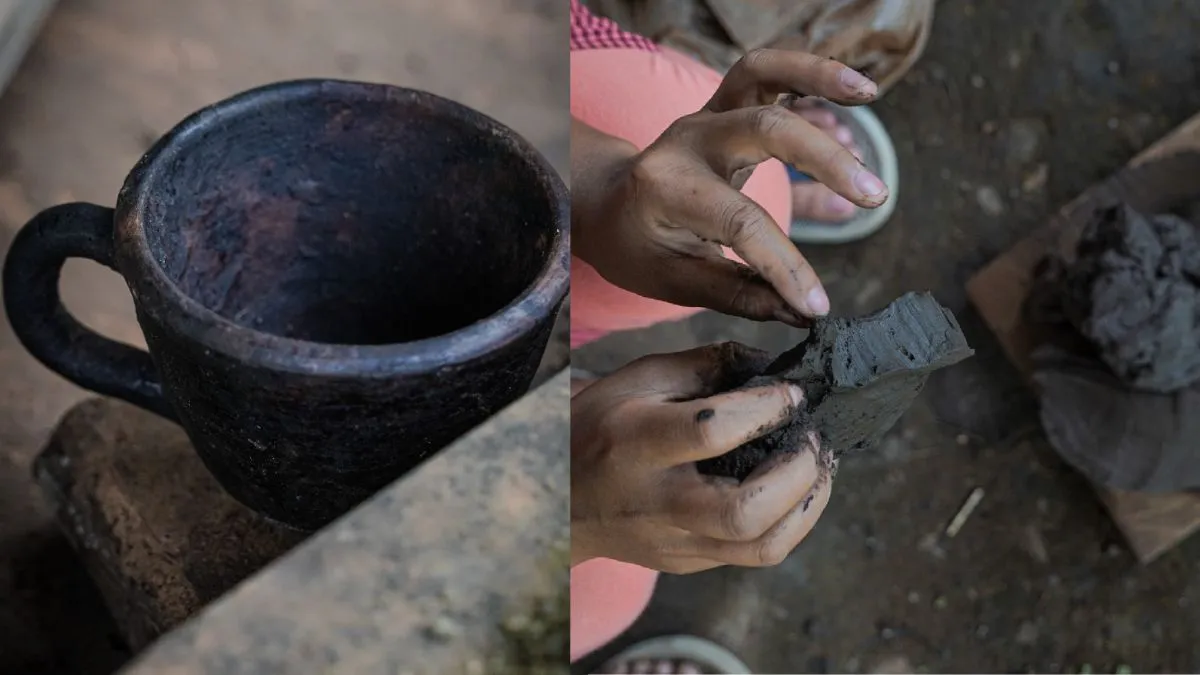Meghalaya’s black pottery, deeply rooted in folklore, plays a vital role in preserving cultural traditions. Crafted from abundant local black clay, these pots serve daily and ritualistic purposes. Women, custodians of this ancient craft, contribute to its sustainability. Discover the enchanting world of Meghalaya’s black pottery, where art meets heritage, and tradition lives on.
We are exploring the rich heritage of Meghalaya’s black pottery in this blog.
Abundant Raw Material
The distinctive dark hue of Meghalaya’s black pottery originates from the region’s plentiful black clay, primarily found near riverbanks.
Versatility in Use
From daily domestic needs to religious ceremonies, these exquisite black pots, especially the sought-after khiew ranei or kchu lyrnai, play diverse roles in Khasi and Jaintia life.
Environmental Friendliness
Crafted through a biodegradable process involving pounding, mixing, molding, and shaping clay, these pots reflect an eco-friendly approach to craftsmanship.
Symbolic Motifs
Decorative motifs on the pottery draw inspiration from traditional stories and legends, adding a rich layer of cultural significance.
Historical Roots
The definitive origin of clay pottery in Meghalaya remains unclear. Historical references suggest its traditional practice in villages like Tyrshang and Larnai.
Women as Custodians
Skilled potters, often women from families with a rich history in working with black clay, contribute significantly to the preservation of this ancient craft.


